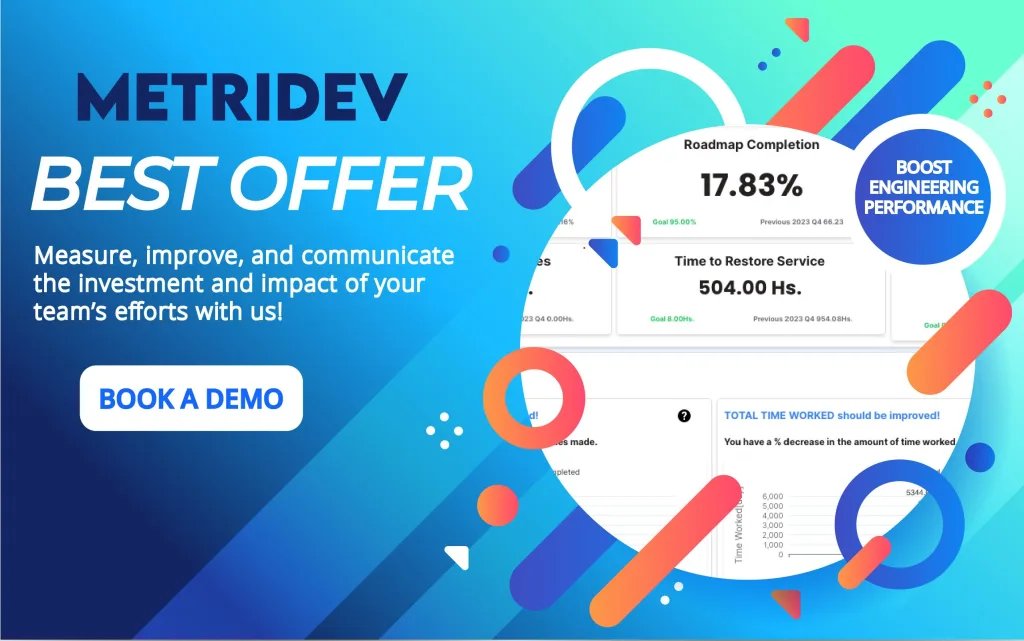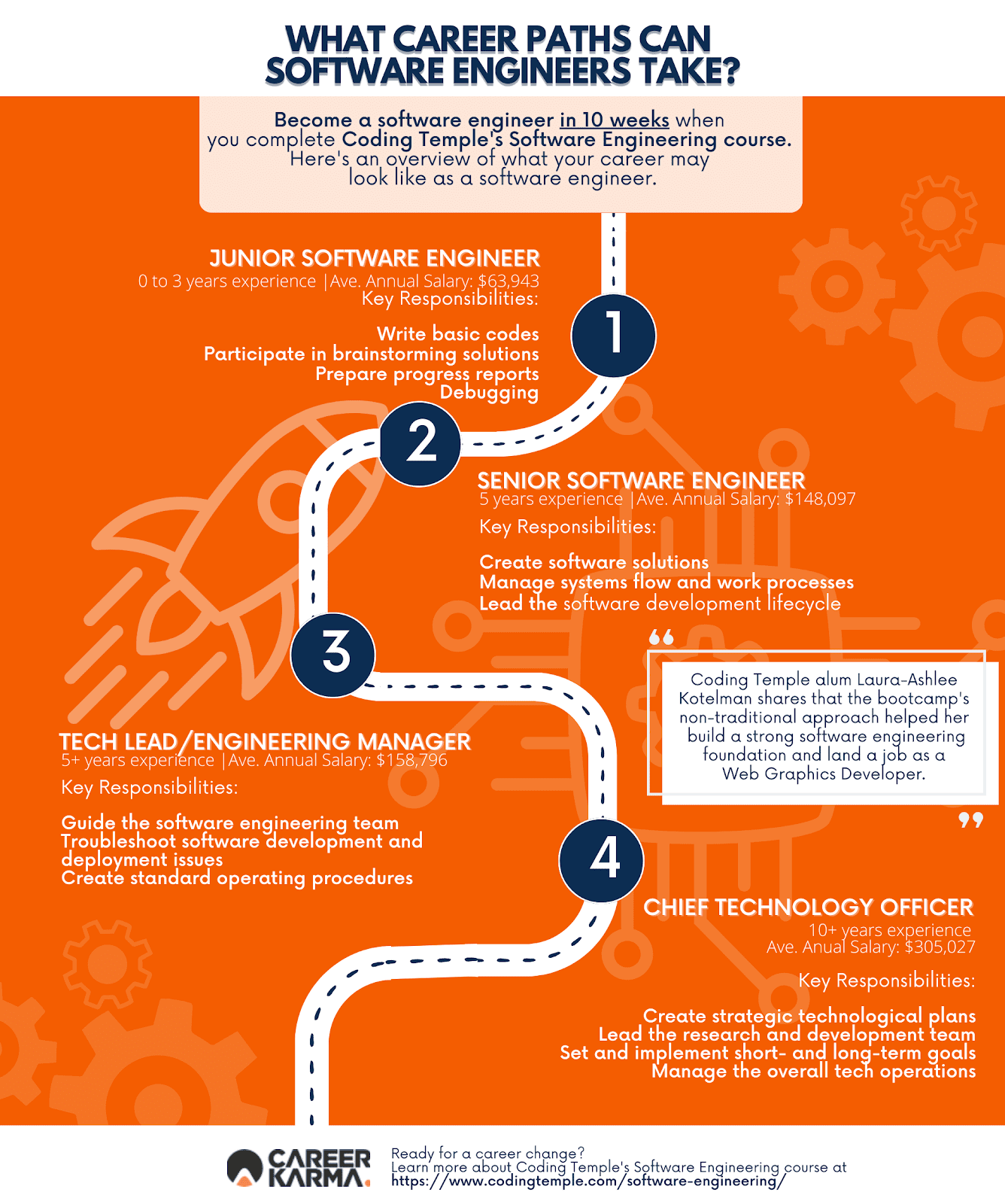All Categories
Featured
Table of Contents
You possibly know Santiago from his Twitter. On Twitter, daily, he shares a lot of useful aspects of machine discovering. Many thanks, Santiago, for joining us today. Welcome. (2:39) Santiago: Thank you for inviting me. (3:16) Alexey: Prior to we enter into our primary topic of relocating from software program engineering to machine learning, possibly we can begin with your background.
I went to university, got a computer science level, and I began developing software program. Back after that, I had no idea concerning equipment knowing.
I know you have actually been using the term "transitioning from software application design to maker discovering". I like the term "including to my capability the equipment understanding abilities" extra since I think if you're a software application engineer, you are already offering a whole lot of worth. By integrating maker discovering currently, you're augmenting the effect that you can carry the market.
Alexey: This comes back to one of your tweets or perhaps it was from your course when you compare two methods to knowing. In this case, it was some problem from Kaggle regarding this Titanic dataset, and you simply learn exactly how to fix this issue utilizing a specific device, like choice trees from SciKit Learn.
Some Known Factual Statements About Fundamentals Of Machine Learning For Software Engineers
You first learn math, or straight algebra, calculus. When you know the mathematics, you go to equipment knowing concept and you find out the concept. After that four years later on, you lastly pertain to applications, "Okay, exactly how do I make use of all these 4 years of mathematics to solve this Titanic problem?" ? So in the former, you sort of conserve on your own some time, I think.
If I have an electric outlet here that I require changing, I do not intend to go to college, invest four years recognizing the mathematics behind electrical power and the physics and all of that, simply to alter an electrical outlet. I prefer to begin with the electrical outlet and find a YouTube video that assists me experience the trouble.
Poor example. You get the concept? (27:22) Santiago: I really like the idea of beginning with a trouble, attempting to toss out what I recognize as much as that issue and recognize why it does not function. Get hold of the tools that I need to resolve that issue and start excavating deeper and much deeper and much deeper from that factor on.
Alexey: Maybe we can talk a bit concerning learning resources. You mentioned in Kaggle there is an intro tutorial, where you can obtain and find out just how to make choice trees.
The only requirement for that course is that you understand a little bit of Python. If you go to my account, the tweet that's going to be on the top, the one that says "pinned tweet".
Not known Facts About Advanced Machine Learning Course

Also if you're not a developer, you can start with Python and function your method to even more artificial intelligence. This roadmap is focused on Coursera, which is a platform that I actually, truly like. You can audit every one of the training courses free of charge or you can pay for the Coursera membership to obtain certifications if you desire to.
That's what I would do. Alexey: This comes back to among your tweets or maybe it was from your training course when you compare 2 techniques to knowing. One technique is the trouble based technique, which you simply spoke about. You find an issue. In this instance, it was some trouble from Kaggle concerning this Titanic dataset, and you simply learn exactly how to solve this problem making use of a details tool, like decision trees from SciKit Learn.

You initially learn math, or direct algebra, calculus. When you recognize the mathematics, you go to machine discovering theory and you find out the concept.
If I have an electric outlet here that I require changing, I don't intend to go to university, spend four years understanding the math behind electrical power and the physics and all of that, simply to change an electrical outlet. I prefer to start with the electrical outlet and find a YouTube video that assists me go with the problem.
Negative analogy. But you understand, right? (27:22) Santiago: I actually like the concept of starting with an issue, trying to throw away what I know as much as that trouble and understand why it doesn't function. Grab the tools that I need to resolve that trouble and begin digging much deeper and deeper and deeper from that factor on.
To make sure that's what I generally advise. Alexey: Perhaps we can talk a bit about finding out resources. You discussed in Kaggle there is an intro tutorial, where you can obtain and find out just how to choose trees. At the start, prior to we started this meeting, you mentioned a couple of books.
Unknown Facts About Machine Learning In Production
The only need for that training course is that you understand a little bit of Python. If you're a designer, that's a fantastic base. (38:48) Santiago: If you're not a programmer, after that I do have a pin on my Twitter account. If you go to my profile, the tweet that's mosting likely to get on the top, the one that claims "pinned tweet".
Also if you're not a programmer, you can begin with Python and function your way to even more artificial intelligence. This roadmap is concentrated on Coursera, which is a system that I actually, truly like. You can investigate all of the courses totally free or you can pay for the Coursera subscription to get certifications if you wish to.
The Of Machine Learning
Alexey: This comes back to one of your tweets or perhaps it was from your course when you contrast 2 strategies to discovering. In this case, it was some trouble from Kaggle regarding this Titanic dataset, and you simply learn just how to address this trouble utilizing a particular device, like choice trees from SciKit Learn.

You first find out math, or direct algebra, calculus. When you understand the mathematics, you go to machine knowing concept and you discover the theory.
If I have an electric outlet right here that I require replacing, I don't intend to go to university, invest four years comprehending the math behind power and the physics and all of that, simply to transform an electrical outlet. I would instead begin with the outlet and find a YouTube video clip that aids me experience the trouble.
Poor example. You get the idea? (27:22) Santiago: I truly like the concept of beginning with a problem, trying to throw out what I understand as much as that issue and comprehend why it does not function. Grab the tools that I need to address that problem and begin digging much deeper and deeper and much deeper from that point on.
That's what I generally recommend. Alexey: Maybe we can speak a little bit about finding out resources. You pointed out in Kaggle there is an introduction tutorial, where you can get and discover how to make decision trees. At the beginning, before we started this interview, you mentioned a pair of publications.
The smart Trick of How To Become A Machine Learning Engineer In 2025 That Nobody is Discussing
The only need for that course is that you recognize a little bit of Python. If you go to my profile, the tweet that's going to be on the top, the one that claims "pinned tweet".
Even if you're not a programmer, you can begin with Python and work your means to even more maker discovering. This roadmap is focused on Coursera, which is a system that I actually, actually like. You can investigate every one of the courses free of cost or you can pay for the Coursera registration to obtain certificates if you wish to.
To ensure that's what I would do. Alexey: This comes back to among your tweets or maybe it was from your program when you compare two approaches to learning. One approach is the problem based technique, which you just discussed. You discover a trouble. In this instance, it was some trouble from Kaggle regarding this Titanic dataset, and you just discover just how to fix this issue making use of a specific device, like decision trees from SciKit Learn.
You first learn mathematics, or linear algebra, calculus. When you know the math, you go to maker knowing concept and you discover the concept.
Not known Details About Generative Ai Training
If I have an electric outlet right here that I need changing, I do not intend to go to college, invest four years recognizing the math behind power and the physics and all of that, simply to alter an outlet. I would rather begin with the outlet and discover a YouTube video that assists me experience the problem.
Santiago: I truly like the concept of starting with a trouble, attempting to toss out what I know up to that problem and recognize why it does not work. Grab the devices that I require to fix that trouble and start digging much deeper and deeper and much deeper from that point on.

Alexey: Possibly we can talk a little bit regarding discovering resources. You stated in Kaggle there is an introduction tutorial, where you can get and discover just how to make choice trees.
The only demand for that program is that you know a little of Python. If you're a programmer, that's a great base. (38:48) Santiago: If you're not a programmer, then I do have a pin on my Twitter account. If you most likely to my profile, the tweet that's mosting likely to get on the top, the one that claims "pinned tweet".
Even if you're not a designer, you can begin with Python and work your method to more machine learning. This roadmap is concentrated on Coursera, which is a system that I actually, really like. You can investigate every one of the courses absolutely free or you can pay for the Coursera membership to obtain certificates if you want to.
Table of Contents
Latest Posts
How To Crack Faang Interviews – A Step-by-step Guide
The Ultimate Guide To Preparing For An Ios Engineering Interview
Interview Strategies For Entry-level Software Engineers
More
Latest Posts
How To Crack Faang Interviews – A Step-by-step Guide
The Ultimate Guide To Preparing For An Ios Engineering Interview
Interview Strategies For Entry-level Software Engineers